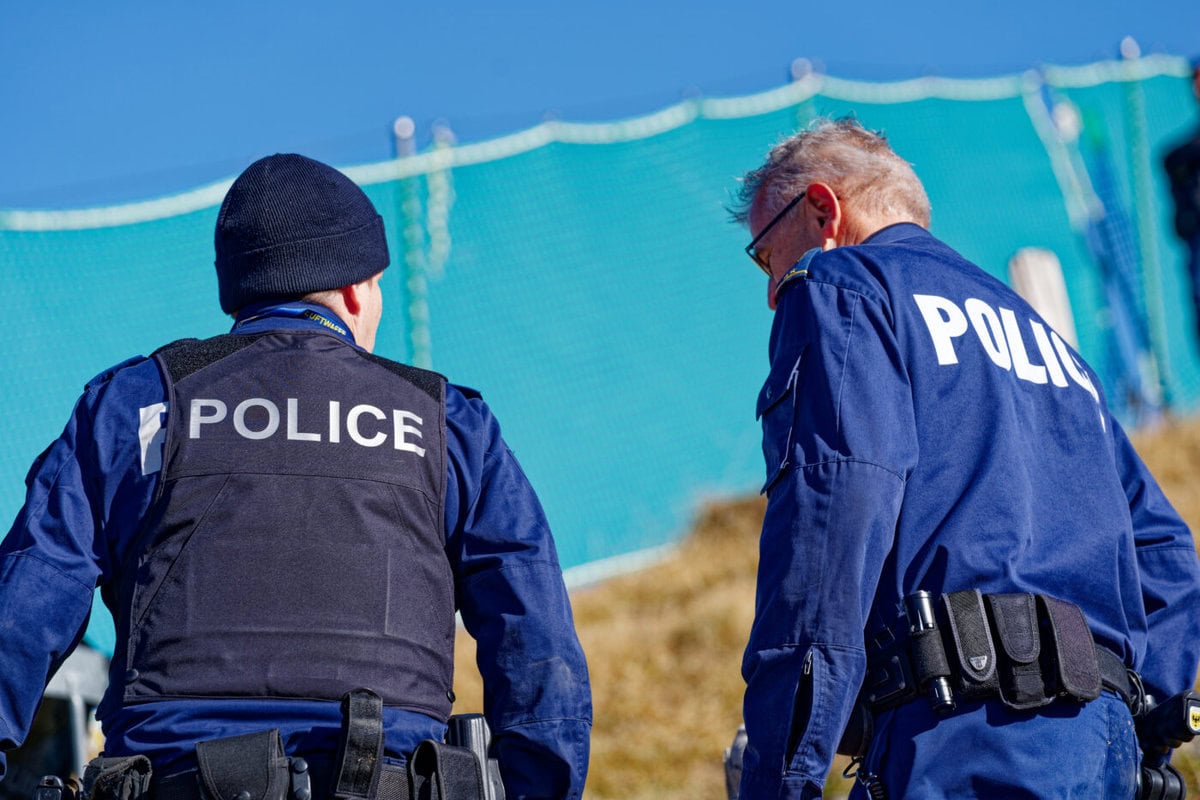The ergonomist of the future
The International Ergonomics Association (IEA), a conglomerate of 52 ergonomics organizations from around the world, provides information every three years on the role of new technologies in the workplace. IEA Vice President Maggie Graf summarized the most important findings of the latest revision of the guidelines in a presentation at Swissergo's Erfa conference.

The labor law in Switzerland dates back to 1974 and was very progressive for the time, as the legislation already regulated ergonomics in the workplace. However, according to IEA Vice President Maggie Graf, the former head of department for labor and health at Seco, Switzerland has some catching up to do.
Thus, many people limit the interpretation of the law to incorrect stresses on the skeletal muscles. Another need to catch up: professors at the tertiary level conduct research in the field of ergonomics without calling themselves ergonomists. Others, however, would not consider the discipline scientific because they do not know what it is about.
More productivity as a result of a "well-being factor
While in Europe the term "ergonomics" is predominantly used, in the USA, for historical reasons, the term "human factors" is used. What is meant, however, is often the same: "When we work with the elements of man and machine, the focus is always on ensuring that people are not harmed, but also that human performance is maintained," says Maggie Graf in a presentation at the Erfa conference of Swissergo. The task of the International Ergonomics Association (IEA) is not primarily to find common denominators in the application of ergonomics expertise and to identify new potential.
The original IEA document "Core Competencies in Human Factors and Ergonomics (HFE)" dates back to 2001 and was merged by several international ergonomics societies in 2012. The aim, they say, is not just to maintain people's performance, but to enable them to perform better. Cognitive ergonomics, as a subfield of the study of human work, describes how humans can best cooperate or interact with technical systems.
It is already apparent today that the more information people are exposed to, the more responsibility they have to assume. In production in particular, the use of electronic aids and automation is increasingly transforming people into control and monitoring experts. This human-machine interaction is a core area of modern ergonomics.
According to the definition of the current IEA document, the term "HFE" stands for a scientific discipline that seeks to understand interactions with human and "other elements of a system". HFE experts, according to the IEA, apply "theories, principles, data, and methods" to balance human well-being with system performance given human needs and capabilities.
The IEA documents also make it possible to compile curricula for training programs. An ergonomist (or HFE specialist) should understand the influence of the physical, cognitive and organizational aspects of work in terms of human well-being and productivity.
The "idea," however, says Maggie Graf, is not to become "perfect" in all the necessary disciplines. Most ergo experts are specialized in their field, she says, but it is always important to keep an overview of the whole work environment in order to identify and evaluate problems from different areas.
If, for example, only the cognitive ergonomics or the physical problems in an organization were considered without looking at the corporate structures, a functioning system would be doomed to failure. The new IEA guidelines also address an impetus for ergonomists to understand more about management practice in order to be able to speak to all stakeholders at different levels of the business.
One of these competencies involves measuring and analyzing actions within the framework of a holistic system using the management cycle (Plan, Do, Check, Act) to influence people's "Well-Being" factor.
Maggie Graf advises ergonomists to become members of many IEA technical committees. The interest groups are very diverse and useful for getting a lot of input during the year through the various publications and webinars.
IEA Guidelines: https://bit.ly/39f0HzJ
IEA Technical Committees:
iea.cc/leadership/technical-committees.









